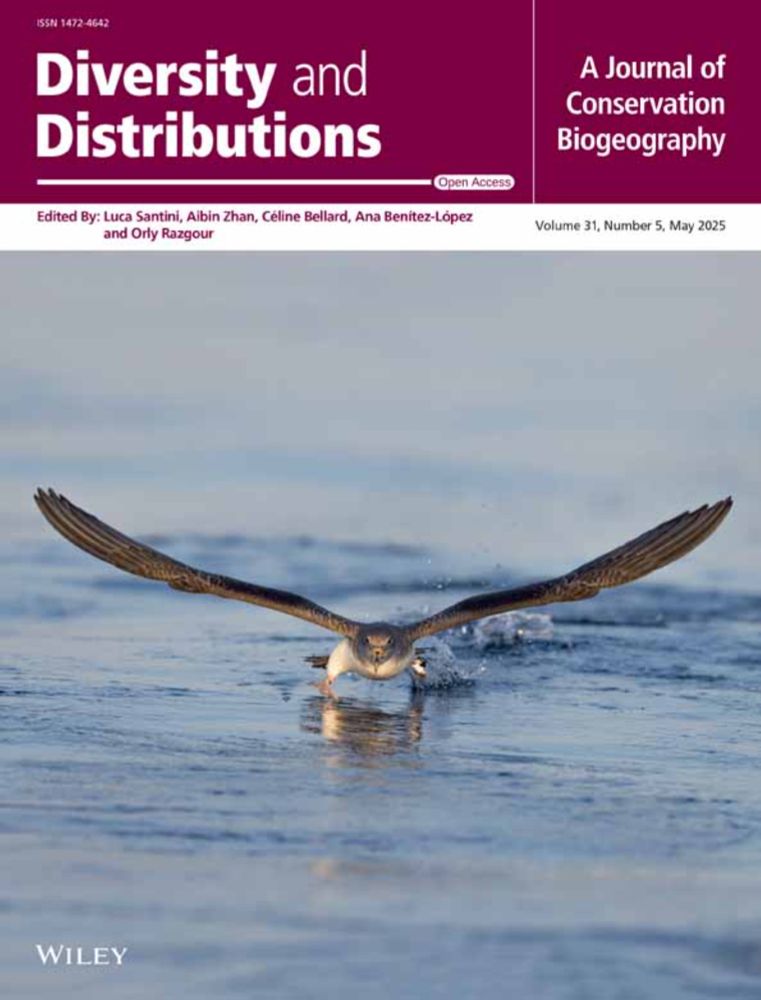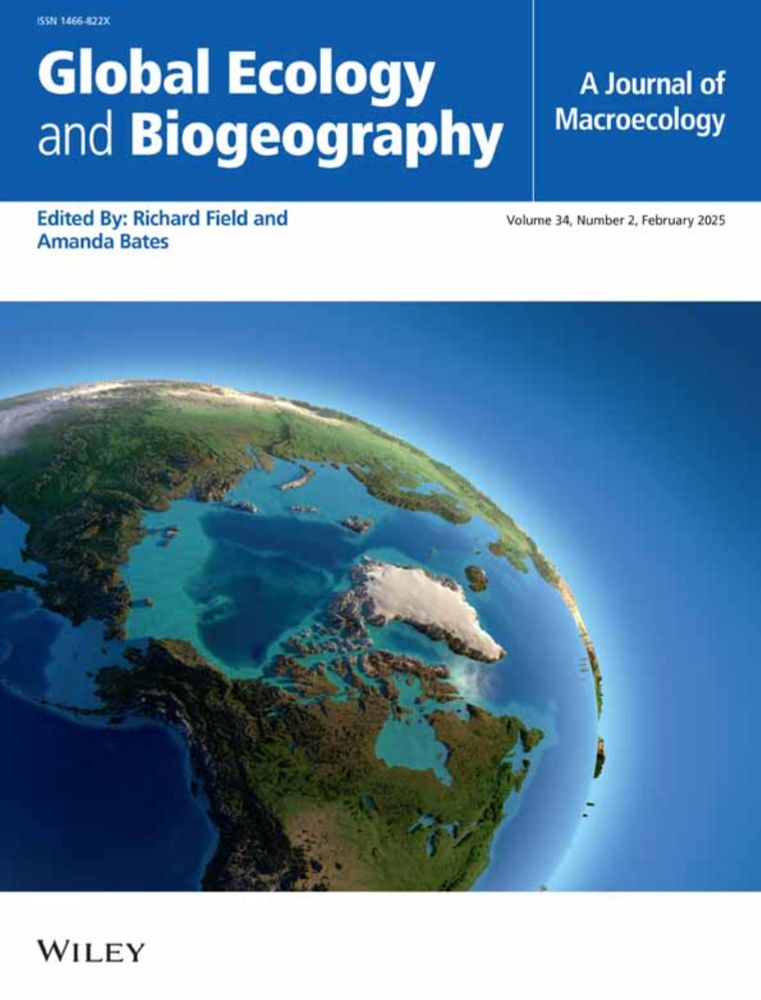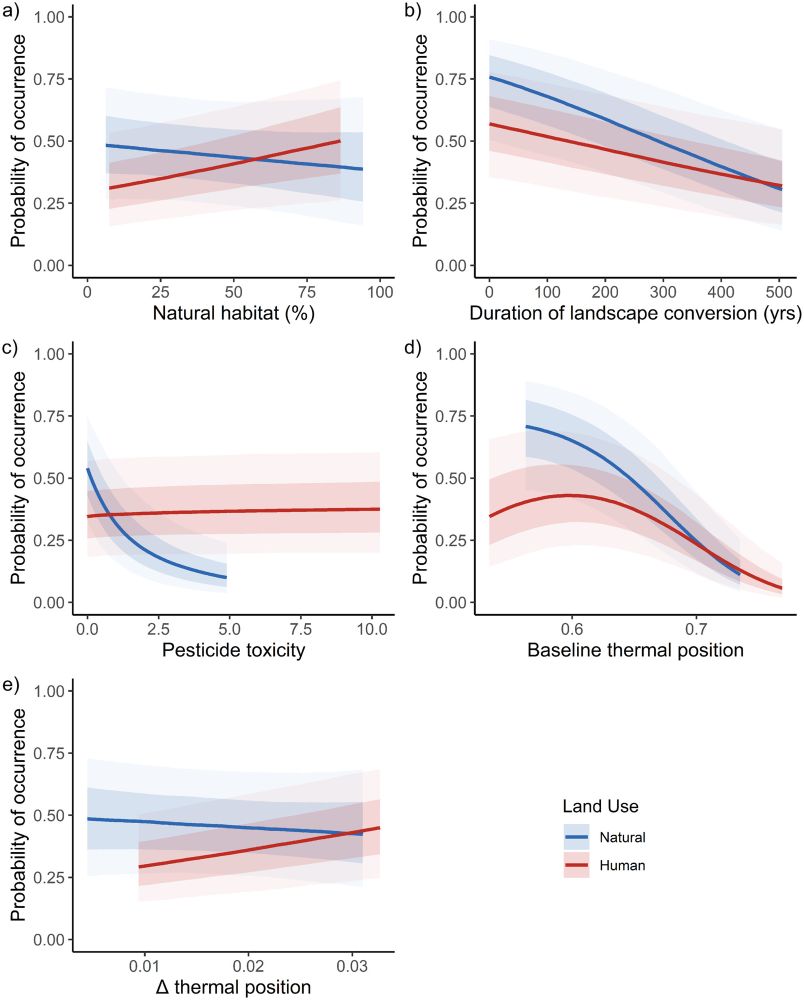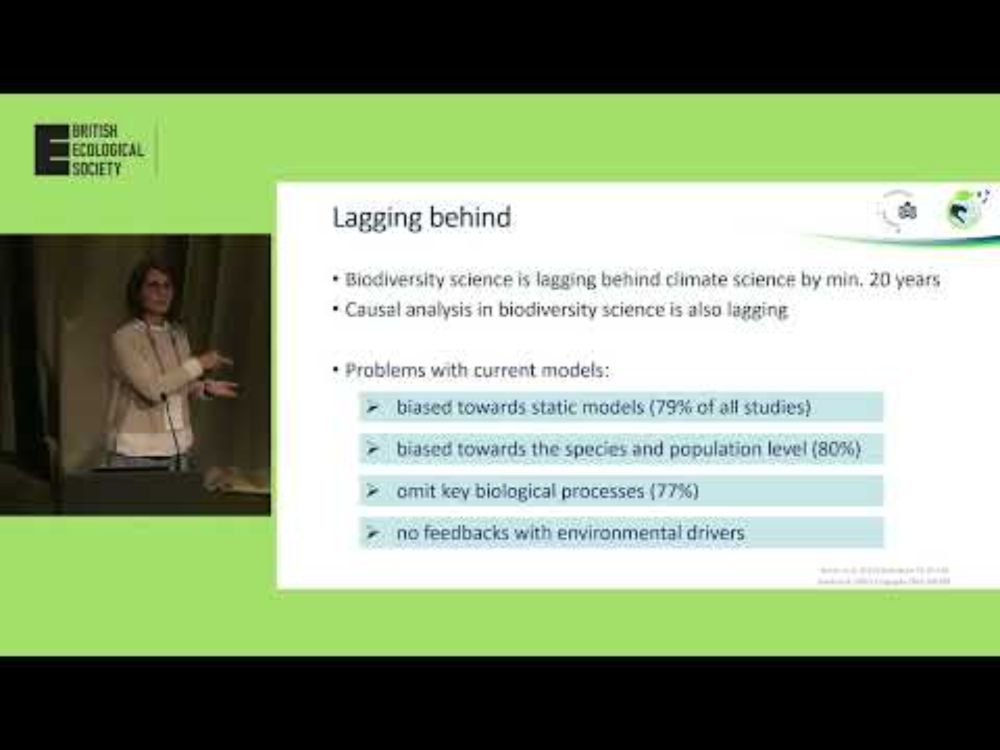Joe Millard
@joemillard.bsky.social
69 followers
91 following
18 posts
Computational ecologist and carbon-based trivia distributor | Leverhulme Early Career Fellow | https://joemillard.github.io/ (he/him)
Posts
Media
Videos
Starter Packs
Joe Millard
@joemillard.bsky.social
· May 27

A Multithreat Meta‐Analytic Database for Understanding Insect Biodiversity Change
Aim Widespread declines in insect biodiversity have been attributed to a diverse set of anthropogenic drivers, but the relative importance of these drivers remains unclear. A key reason for this unc...
doi.org
Joe Millard
@joemillard.bsky.social
· May 27
Joe Millard
@joemillard.bsky.social
· May 27
Joe Millard
@joemillard.bsky.social
· May 27
Joe Millard
@joemillard.bsky.social
· May 27
Joe Millard
@joemillard.bsky.social
· May 27
Joe Millard
@joemillard.bsky.social
· May 27
Joe Millard
@joemillard.bsky.social
· May 27
Joe Millard
@joemillard.bsky.social
· May 27
Reposted by Joe Millard
Reposted by Joe Millard
Reposted by Joe Millard
iBartomeus
@ibartomeus.bsky.social
· Feb 4

EuPPollNet: A European Database of Plant‐Pollinator Networks
Motivation Pollinators play a crucial role in maintaining Earth's terrestrial biodiversity. However, rapid human-induced environmental changes are compromising the long-term persistence of plant-pol...
onlinelibrary.wiley.com
Reposted by Joe Millard
Joe Millard
@joemillard.bsky.social
· Jan 12




